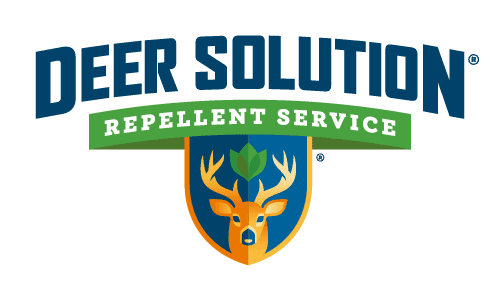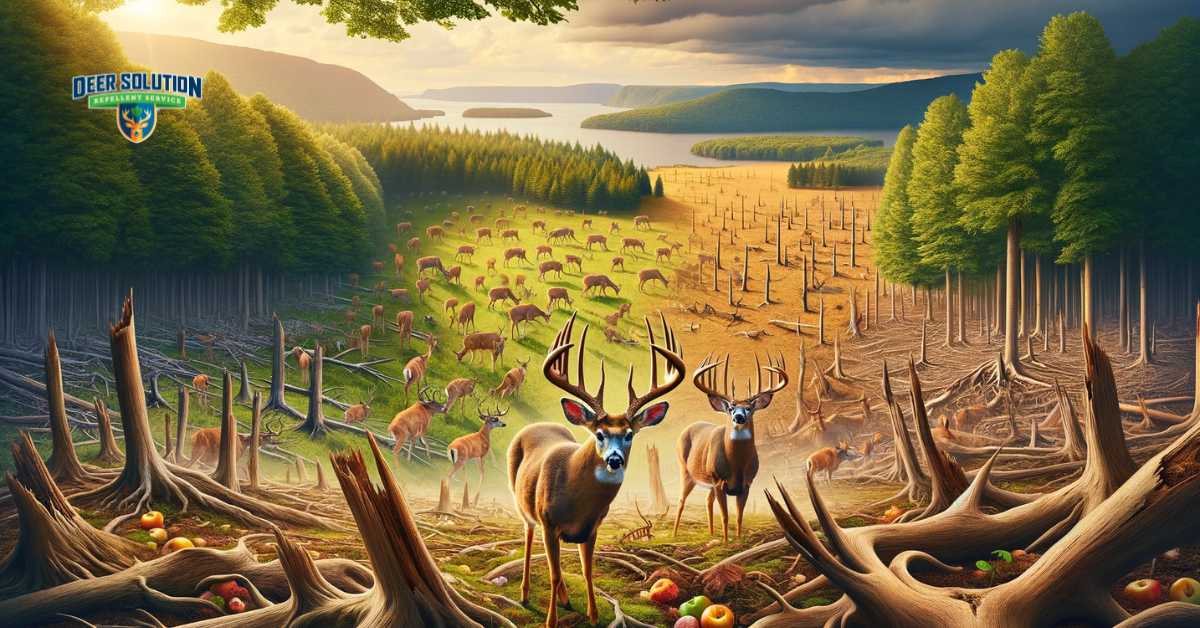In the tranquil landscapes of Genesee County, New York, a growing concern is silently making its mark on the local environment: Deer Damage.
This article explores the latest developments in the region, shedding light on the impact of deer antlers and unraveling the mystery of what deer eat.
Deer Damage Unveiled: A Pervasive Challenge
Nestled in the heart of upstate New York, Genesee County has long been admired for its natural beauty. However, recent reports from environmental agencies and concerned residents suggest that the region is facing an escalating threat – deer damage.
This phenomenon is characterized by the impact of deer antlers on vegetation and a deeper exploration of what deer eat.
Deer, adorned with majestic antlers, have unwittingly become agents of destruction in Genesee County. Their feeding habits, guided by the changing seasons, play a crucial role in shaping the local ecosystem.
From browsing on tender shoots to rubbing antlers against tree bark, deer leave an indelible mark on the flora.
Antlers at Play: The Role of Deer Antlers in Damage
Deer antlers, a symbol of strength and vitality, serve a dual purpose in the realm of deer damage. During the rutting season, male deer, or bucks, employ their antlers in intense battles for dominance.
This not only impacts the deer population but also leaves lasting scars on trees, shrubs, and other vegetation in the process. The aggressive rubbing of antlers against tree trunks, known as “buck rubs,” can cause significant damage.
As bucks seek to assert dominance and attract mates, they unintentionally contribute to the wear and tear of the region’s plant life. Arborists and wildlife experts are closely monitoring the prevalence of buck rubs, recognizing the need to understand and address the implications for the local ecosystem.
What Deer Eat: A Closer Look at Their Appetites
Understanding what deer eat is crucial in comprehending the scope of deer damage in Genesee County. While deer are known to be herbivores, their dietary preferences shift throughout the year based on seasonal availability.
In spring and summer, deer graze on a variety of tender plants, including grasses, leaves, and shoots. The fall season sees a shift towards acorns, nuts, and woody browse as they prepare for winter.
The winter months pose a unique challenge as natural food sources become scarce. Deer are known to resort to browsing woody vegetation, including young trees and shrubs, leading to the notable impact of deer damage during this period.
The Ecosystem Conundrum: Balancing Act for Genesee County
As Genesee County grapples with the repercussions of deer damage, the delicate balance of the local ecosystem comes into focus. The interplay between deer, their antlers, and their dietary habits presents a complex challenge for conservationists and environmentalists alike.
Local ecologists emphasize the need for a comprehensive understanding of the region’s flora and fauna dynamics. The impact of deer antlers and their feeding habits on native plant species, biodiversity, and the overall health of the ecosystem underscores the importance of informed conservation efforts.
Community Awareness: A Vital Component in Mitigating Deer Damage
In response to the escalating challenge of deer damage, Genesee County is fostering community awareness and engagement. Environmental organizations, local authorities, and concerned residents are collaborating on initiatives to raise awareness about the impact of deer antlers and the dietary habits of deer.
Community-led efforts aim to inform residents about the delicate balance between preserving the region’s natural beauty and coexisting with the deer population. By understanding the nuances of what deer eat and the consequences of antler-related behaviors, residents can play an active role in fostering a sustainable ecosystem.
The Road Ahead: Navigating Deer Damage in Genesee County
As Genesee County navigates the intricacies of deer damage, there is a collective call for thoughtful conservation practices. The region’s unique ecosystem, shaped by the presence of deer and their antlers, requires a nuanced approach to balance conservation and coexistence.
While the impact of deer damage is undeniable, ongoing research, community involvement, and a commitment to informed decision-making offer a path forward.
Genesee County, with its rich natural heritage, has the opportunity to shape a future where deer and the local ecosystem harmoniously coexist for generations to come.












